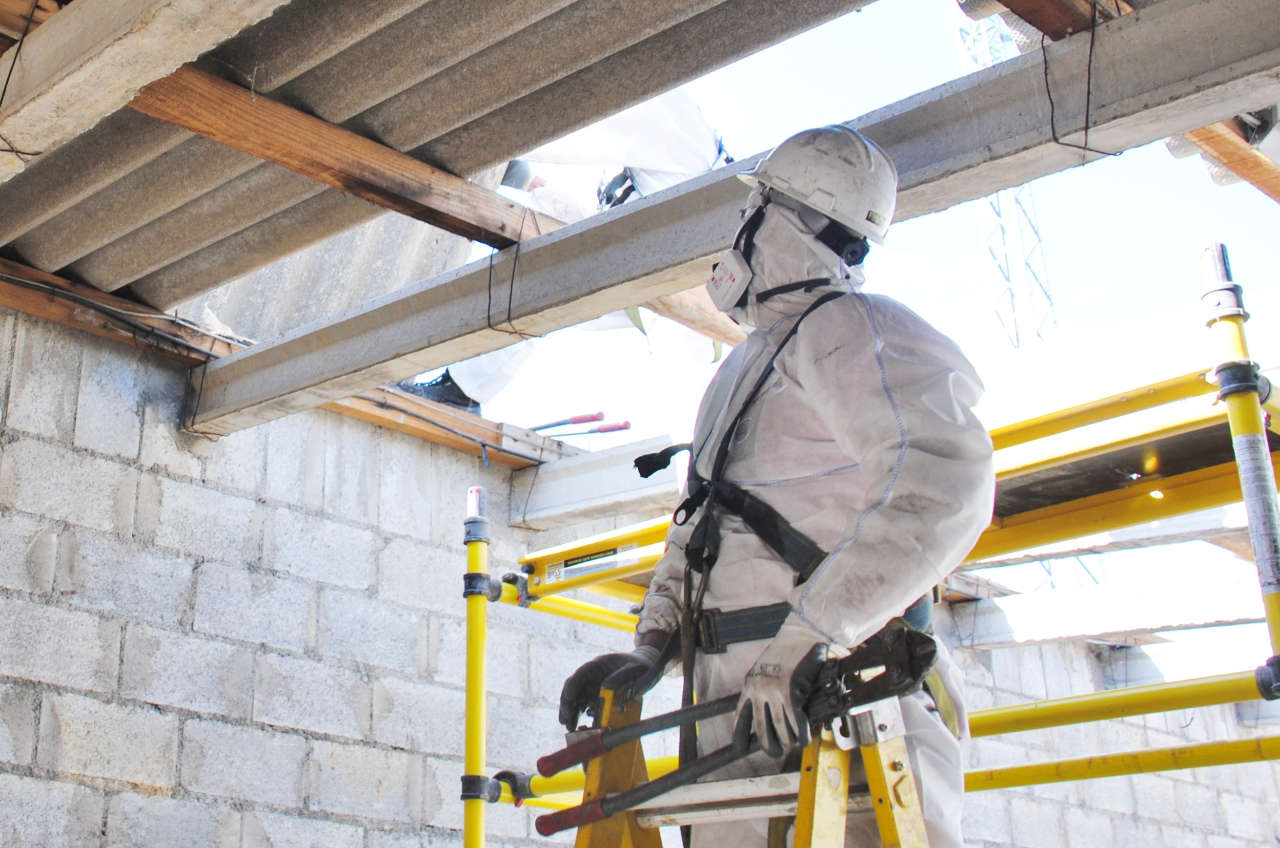In building safety and public health, the role of air quality checks cannot be overstated, mainly when it concerns older constructions where asbestos was commonly used. Once its fibres become airborne and breathed, they offer serious health concerns. It is a collection of fibrous minerals once widely used in building materials. This risk makes regular monitoring a safety procedure and a critical necessity. Ensuring that these fibres are not present in the air is essential, which is where asbestos air monitoring services come into play, providing the necessary assessments to maintain a safe environment.
What Are the Risks?
Asbestos was used extensively because of its high insulating qualities and resilience to chemicals and heat. However, it was later discovered that inhaling its fibres can lead to severe respiratory issues, including asbestosis, lung cancer, and mesothelioma. These health risks are exceptionally high in older buildings, where asbestos-containing materials (ACMs) might deteriorate over time and release fibres into the air. Regular monitoring helps detect these fibres early before they pose a health threat to occupants.
Strategies for Asbestos Air Monitoring
Effective monitoring involves a series of strategic measures to detect the presence of asbestos fibres in building environments. This process includes initial surveys to identify potential ACMs and regular air sampling using specialised equipment. Laboratory analysis of the collected samples allows for determining the airborne asbestos fibre concentration. Implementing these strategies ensures that any risk of exposure is managed promptly and efficiently, safeguarding the health of all building occupants. Additionally, ongoing documentation and record-keeping of all monitoring results are critical for assessing the effectiveness of asbestos management plans and ensuring regulatory compliance. By establishing a routine schedule for these assessments, building managers can continuously track the condition of ACMs and take immediate corrective action if elevated fibre levels are detected.
Regulatory Compliance and Legal Requirements
In many regions, strict regulations govern asbestos management in buildings, especially those of a certain age. Compliance with these laws is not just about following legal mandates but also protecting people from the dangers of asbestos exposure. Regular air monitoring helps building owners comply with these regulations, avoiding fines and legal consequences. Additionally, it ensures that all safety protocols are up-to-date and reflect the best practices.
Technological Advances in Asbestos Detection
Significant technological advancements have been made in asbestos detection, enhancing the accuracy and efficiency of air monitoring. Today’s methods are far more sophisticated than earlier techniques, offering quicker results with higher precision. These advancements make regular monitoring less intrusive and more reliable, providing peace of mind to property owners and occupants alike. By leveraging modern technology, specialists in this field can offer comprehensive assessments with minimal disruption to the daily activities within the building.
Preventive Measures and Maintenance
Besides regular monitoring, preventive measures are crucial in managing asbestos in older buildings. This includes appropriately maintaining areas containing ACMs to prevent deterioration and the potential release of fibres. Building owners should also implement control measures during renovation or demolition activities to handle the material safely. Hiring professionals specialising in asbestos monitoring is essential, as they bring expertise and equipment for safe handling and removal. Regular training for maintenance staff on the dangers of the material and proper handling techniques is also vital to prevent accidental exposure. Professional teams ensure that all safety protocols are adhered to, significantly reducing the risk of asbestos exposure during building upgrades or repairs.
Asbestos air monitoring services are indispensable for maintaining safe air quality in older buildings. Regular checks help comply with health and safety regulations and protect building occupants from the long-term health risks associated with asbestos exposure. The commitment to regular air quality assessments reflects a broader dedication to public health and safety.





